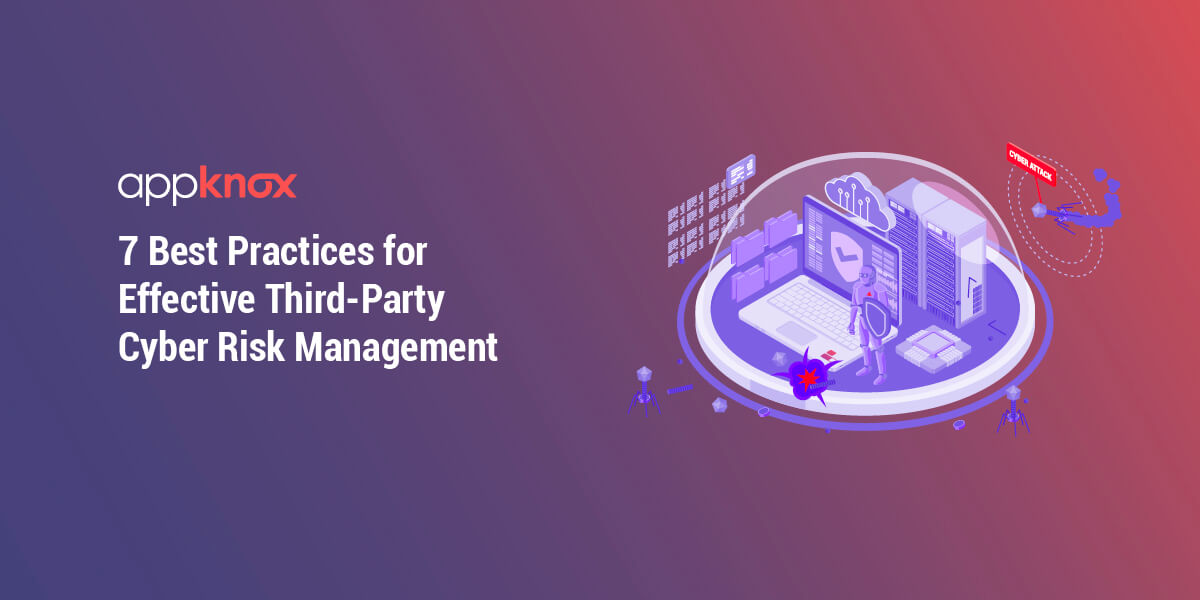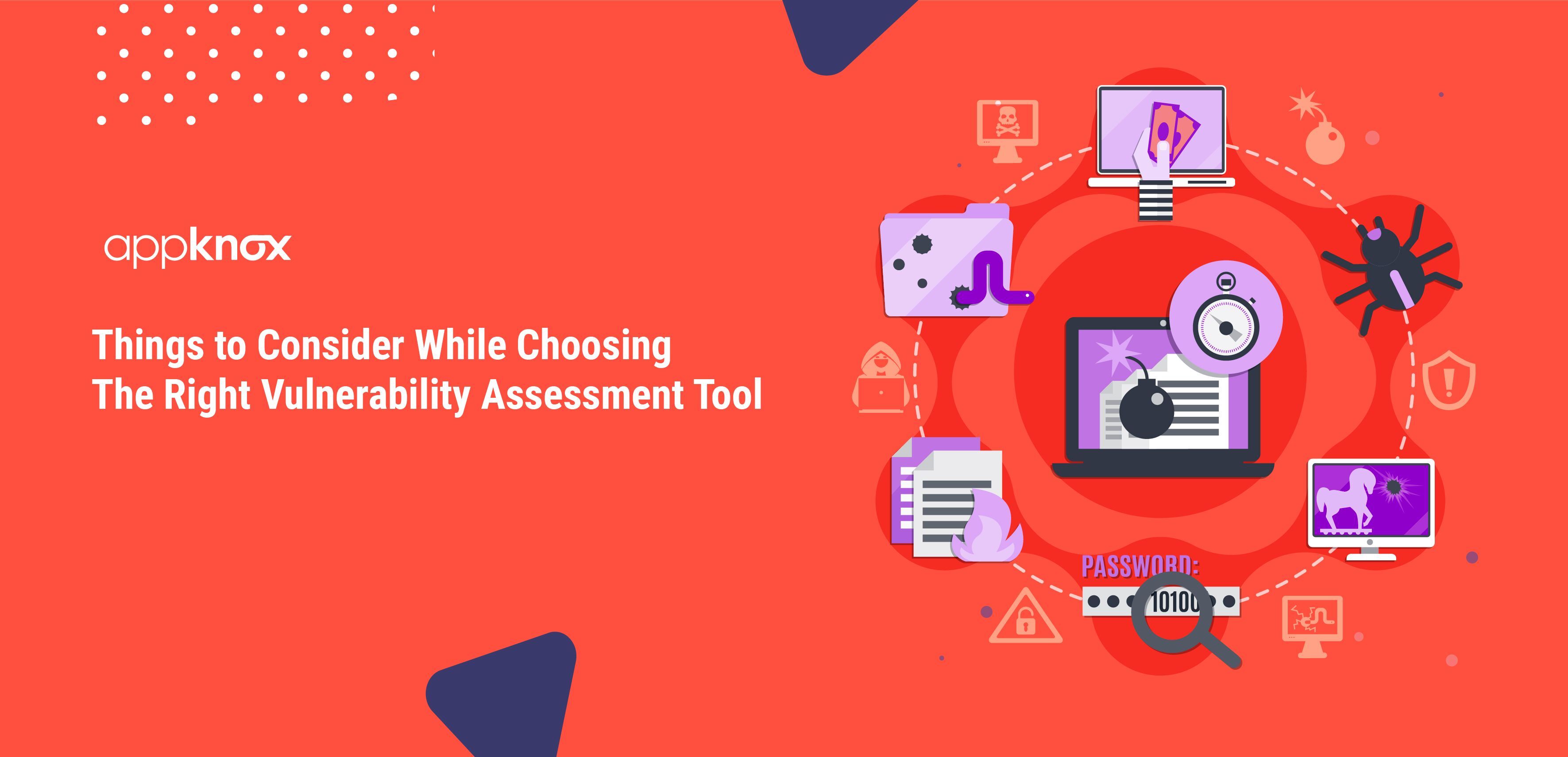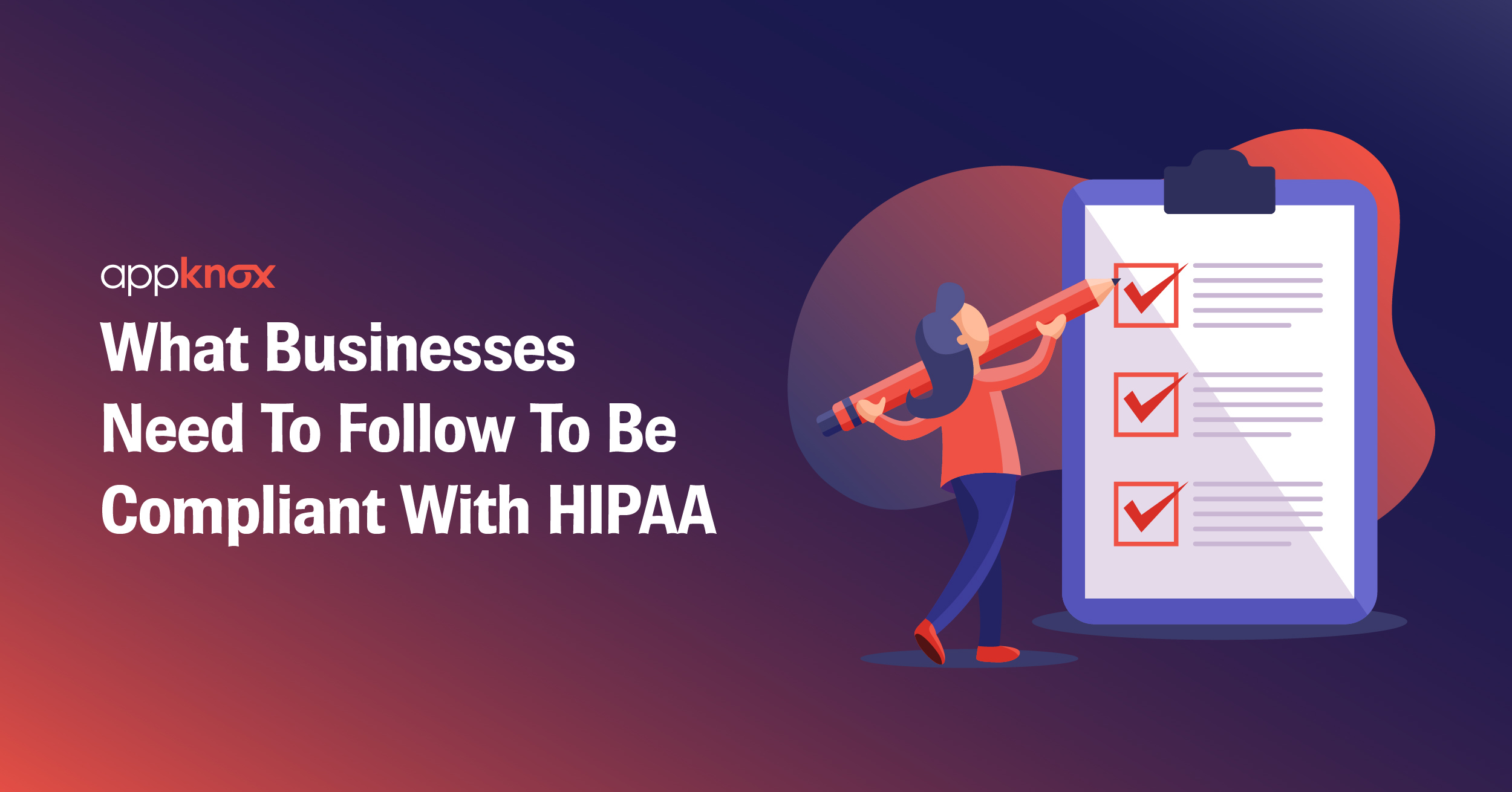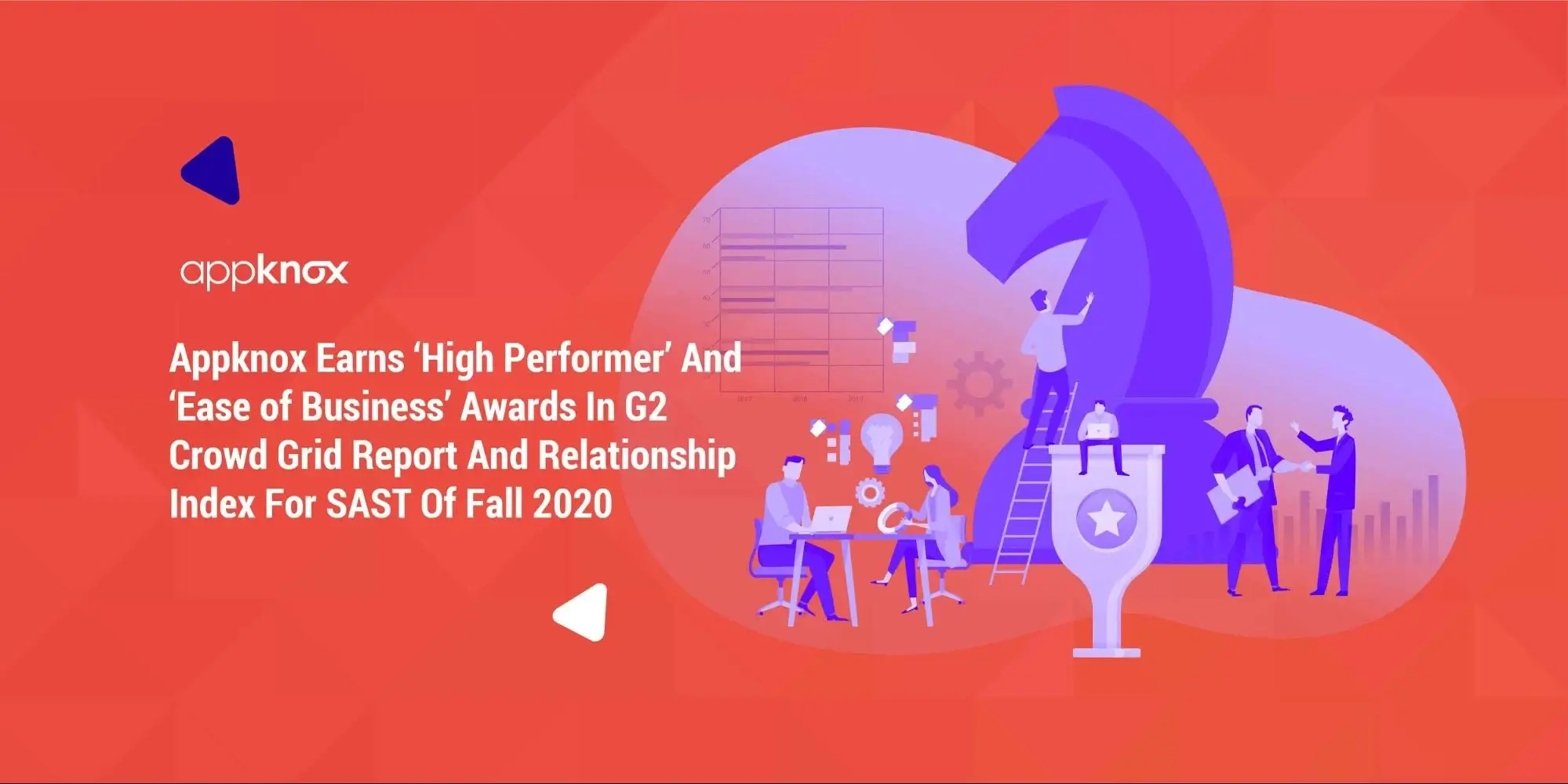While the digital world provides many benefits, there are also various risks involved within the third-party risk category. Also, the category of the risks can be quite long i.e. financial, environmental, security risk and reputational.
Firms are often required to open their network and share data related to the company, employees, customers etc. which puts them at significant risk of cybersecurity issues, breaches and loss of sensitive data. Often the third parties are not very vigilant about their own security which could, in turn, be putting you at risk of cybersecurity attacks, in which case there can be heavy costs involved.
When all this is at stake, you don't want to take chances. Therefore, it is important for you to analyze risks associated with your third party and manage them effectively.
In this article, we are going to help you in doing exactly that. But first, let’s brush up on the basics.
What is Third-Party Cyber Risk Management?
Working with third parties is inherently risky but a necessary part of the business. Therefore, you need to make sure that the third party you are working with are safe, high performing, and reliable for your company.
How do you do that? What systems, assessment approaches, processes and procedures do you implement to protect your business as you work with third parties?
Third-party cyber risk management (TPRM) is a form of risk management that focuses on identifying, analyzing and minimizing risks relating to the use of third parties. It is an exercise that helps organizations determine the risks of working with a certain third party, systematically assess and mitigate threats to the assets and data of a company, so that you can safely entrust them to the third party.
By undertaking a third-party cyber risk management program, you can ensure the safety and reliability of third party associations of any and all kinds.
Incidences of third party data breaches have really increased in the last few years. The years 2017-19 saw a spike of almost 35% in data branches and the trend continues. In the year 2019 alone, 4.1 billion records were breached, third party violations accounting for a good percentage of these breaches. Many international companies faced cybersecurity breaches, many of them involving their third party affiliates.
Examples of Cybersecurity Incidents involving Third Parties
1. Magecart attacks
Magecart, a consortium of hackers carried out a series of cyberattacks on major retailers across the globe such as British Airways, Newegg and Magento Stores. These attacks famously came to be known as the Magecart attacks, in which they targeted third party web services and carried out what is known as the supply chain attacks, stealing valuable information such as customer payment information.
2. Atrium Health data breach
In the year 2018, a massive data breach hit the international software company which exposed the personal and confidential health data of over 2.65 million patients. The breach was known to have affected the company’s third-party billing vendor.
3. Amazon data leak
Amazon has had many data breaches over the years, the most recent one occurred in the year 2020 when their third party database was attacked to leak close to 8 million UK online shopping transactions.
4. General Electric (GE) data breach
GE witnessed a data breach at their third party service provider Canon Business Process Services when hackers managed to gain access to an email account that exposed details of former and current employees of the company.
Why is Third-Party Cyber Risk Management Important?
The above-mentioned incidents affected big companies that already spend thousands of dollars on maintaining their third party networks and protecting them from breaches by malicious elements. But such incidents can affect anyone and are not uncommon among SMEs.
Part of the problem is that involving third parties is necessary, which often requires access to your private system and data, but you cannot control their practices and process. If you are faced with a cybersecurity threat, then, however, you are responsible because your customer's data is at risk. Many companies struggle with taking the security aspect seriously and act negligently, leaving the door open for malicious elements to enter and cause damage. Companies need to be careful about their own good.
In the face of rising cyber attacks, in fact, they need to be more than careful.
Here are some of the best practices internationally practised for third-party risk management by firms, let’s take a look at them.
7 Best Practices for Third-Party Cyber Risk Management
1) Identify a risk framework
Before starting to research and assess third parties, it's best to have a framework outlining a defined process you are undertaking. You should identify a risk framework, a detailed guide that tells you how to handle the risk management at every step in detail.
2) Know who your third parties are
It's one of the most crucial steps in risk management– to know who your third parties are and understand how much is being shared with each to be able to determine the risk they pose to you.
Prepare an inventory list of all your third-party vendors/service providers, then ascertain how much each has access to and grade them accordingly for the risk impact they would have on you.
3) Perform regular security tests on API
APIs are one of the easiest access points for exploiters to attack. Secure them with proper and regular security testing. You might want to invest in a good security testing service like Appknox for this.
4) Plan your third party incident response plan
In case a third party incident occurs, you should have an action plan of response planned and ready. Prepare a list of threats and risks most relevant to you and then formalize a procedure of response and mitigation of risks.
5) Enable Continuous activity monitor
When you have a set of third-party vendors with you, it's important to also monitor them continuously to ensure compliance on their end. Regular monitoring would also allow you to spot any issues earlier, even ones your third party doesn't know about.
6) Enable access management
All third-party vendors do not have the same level of access to your data and network, and consequently, they pose different levels of threat. Knowing their accesses and privileges within your system is important so that you set the limits and manage their access effectively.
7) Develop structured vendor onboarding and offboarding process
A structured, repeatable, vendor onboarding and offboarding process is the best way to ensure proper screening, vetting, selection and smooth functioning all through your relations with your third party.
Conclusion
Stay a step ahead of hackers and secure your data and networks by undertaking effective risk management today. Looking for an efficient way to manage your third party risks by security testing? Appknox can help you seamlessly enable DAST, SAST and Security API Testing to achieve total security of your assets.




 Gartner and G2 recommends Appknox | See how we can help you with a free Demo!
Gartner and G2 recommends Appknox | See how we can help you with a free Demo!
 Chaitanya GVS
Chaitanya GVS










_HighPerformer_HighPerformer.png)
_BestEstimatedROI_Roi.png)

